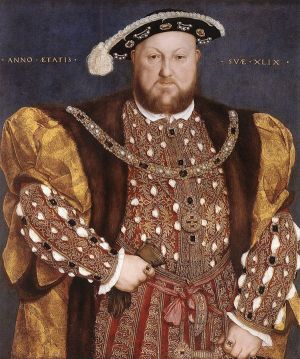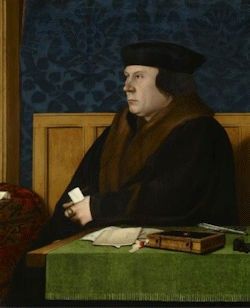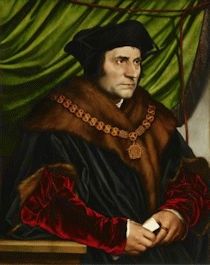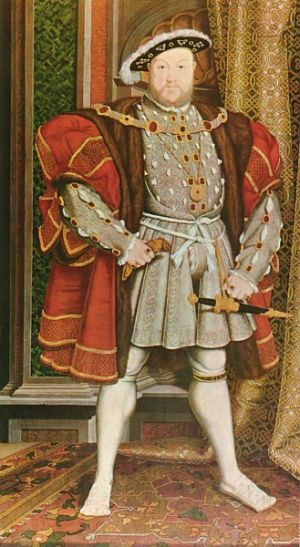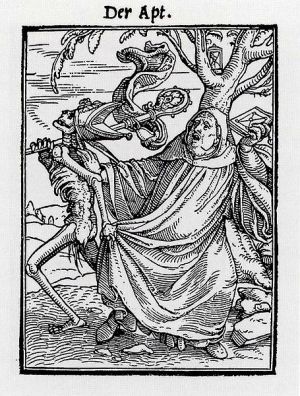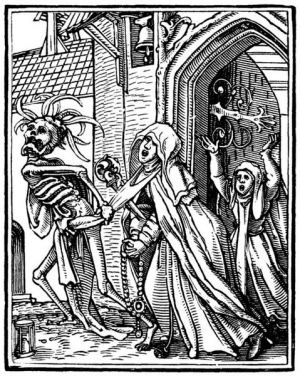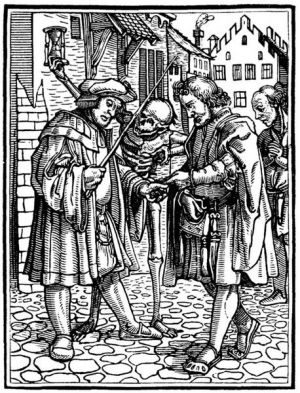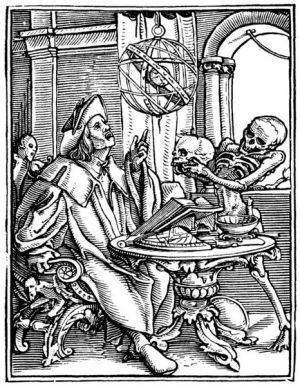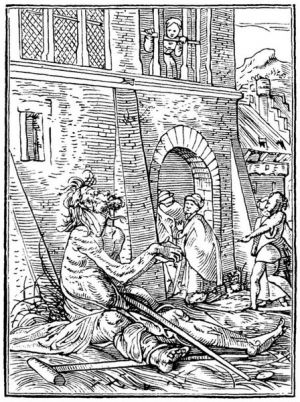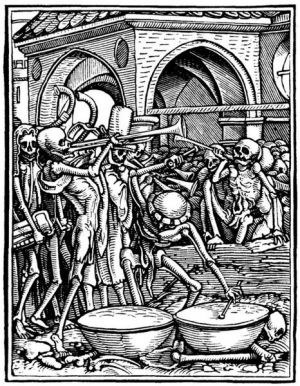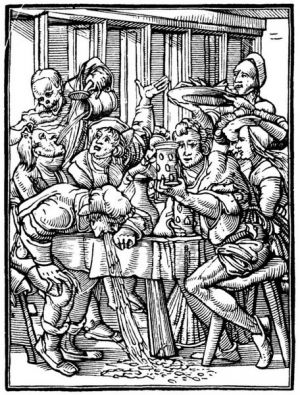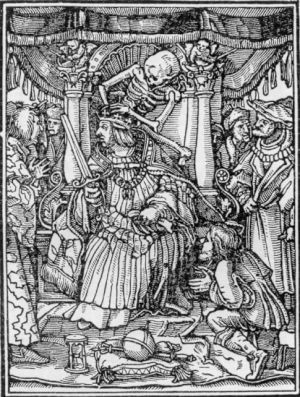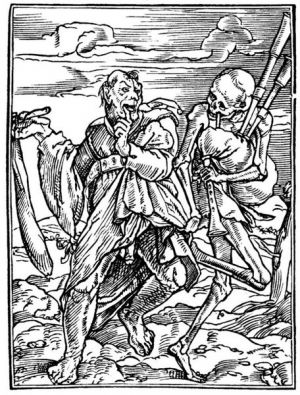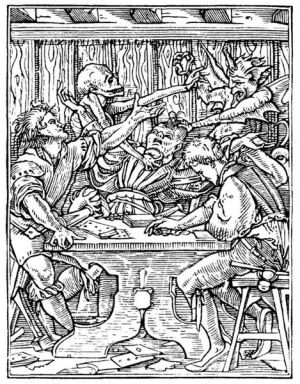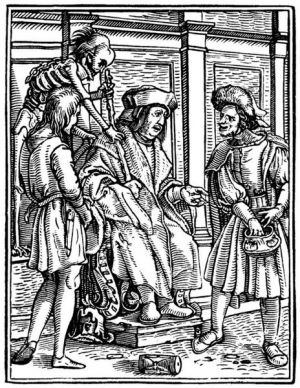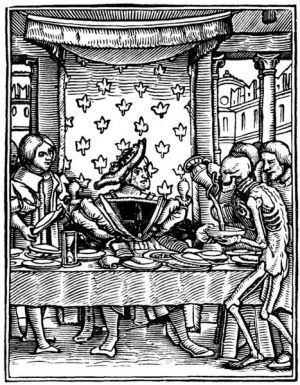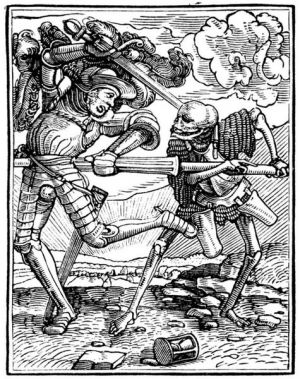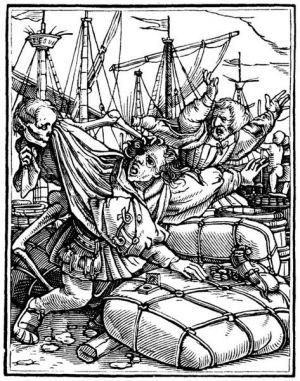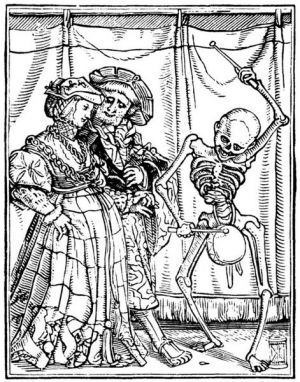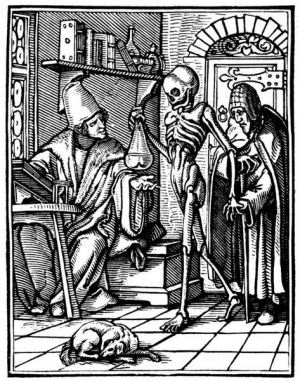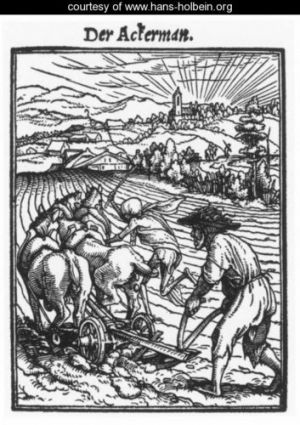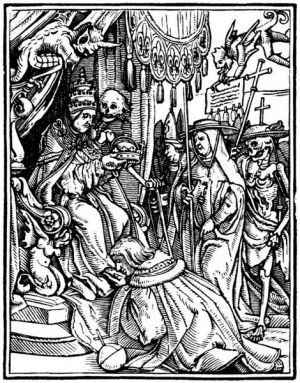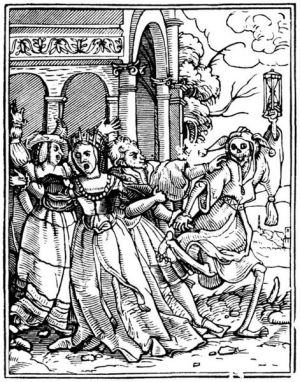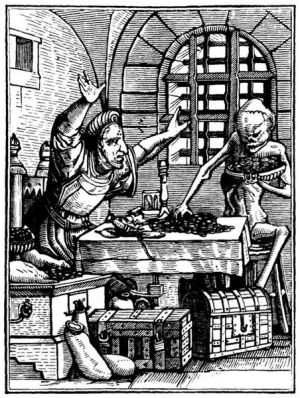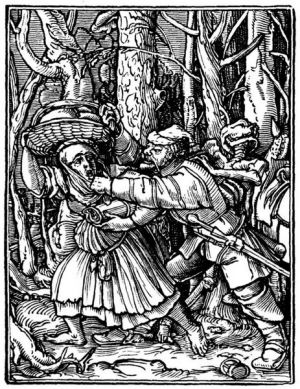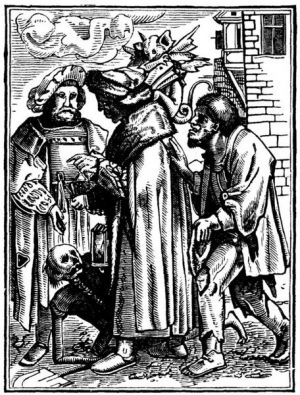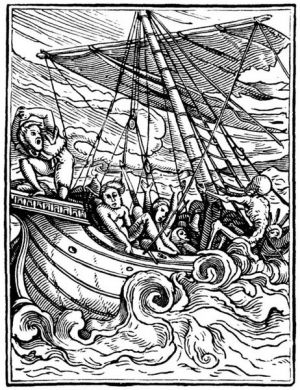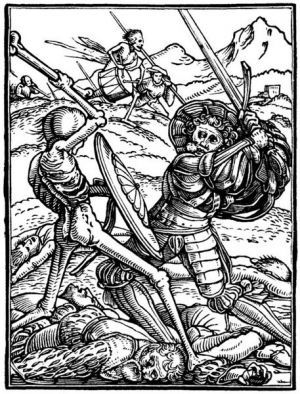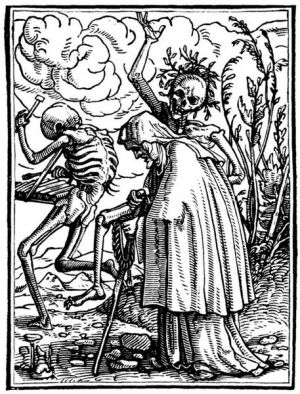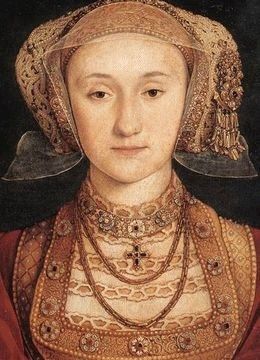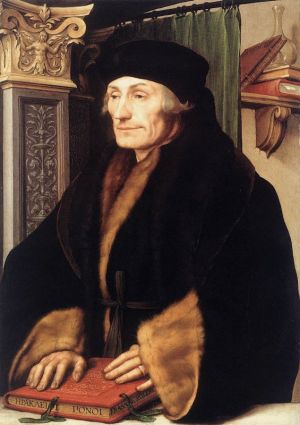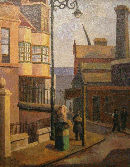- Details
- Written by: Endeavor
- Category: Potpourri
- Hits: 2437
"The East London Group of Artists was a group of artists who worked and showed together from 1928 to 1936. They were mostly working class, realist painters whose formal education had often stopped at elementary school.The East London Group of Artists was a group of artists who worked and showed together from 1928 to 1936. They were mostly working class, realist painters whose formal education had often stopped at elementary school.The group developed from an art club at the Bethnal Green Men’s Institute to a group of artists showing and selling in London’s West End and beyond. They exhibited alongside prominent artists of the day, and attracted enormous press coverage and support, taught by John Albert Cooper, Phyllis Bray, Walter Sickert and others. A few members had trained at the Slade School of Fine Art. The East London Group’s drawings and paintings show buildings, streets, and ways of life that no longer exist." Wiki
Additional sources on The East London Group of Artists can be found HERE.
Below is a gallery of some of my favorite paintings by several members of the group.
{modal url="https://oldsilent.com/endeavor/images/eastlondongroup/Old-Houses-Grace-Oscroft-1934.jpg" open="true" delay="3500"}{/modal}
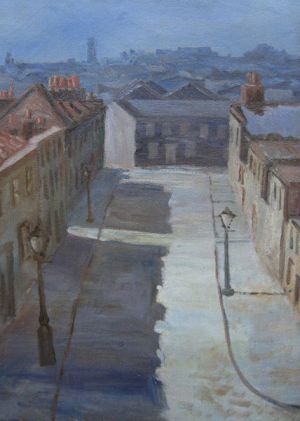
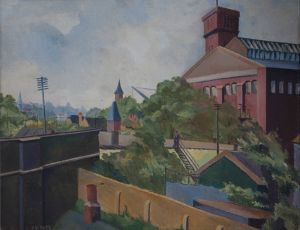
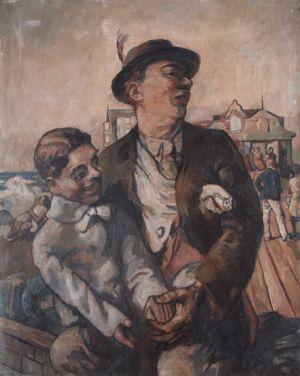
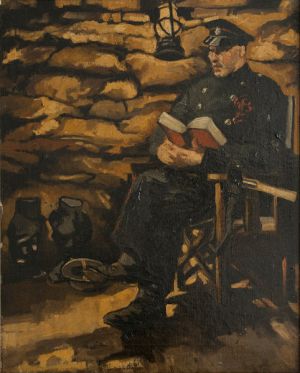
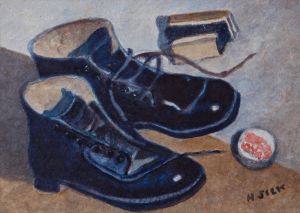
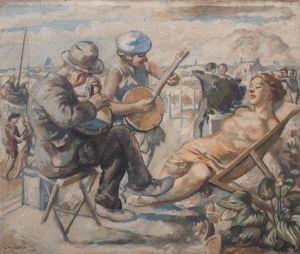
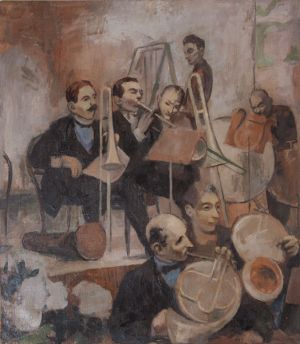
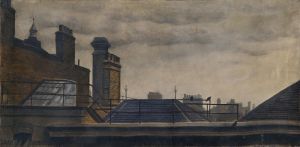
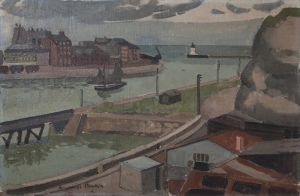
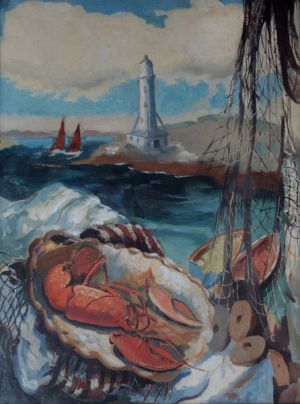
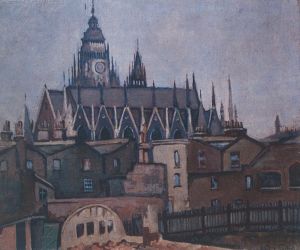
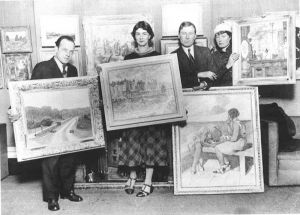
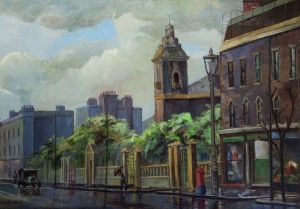
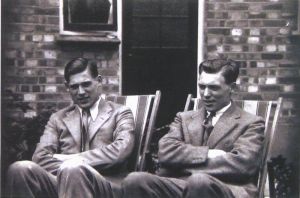
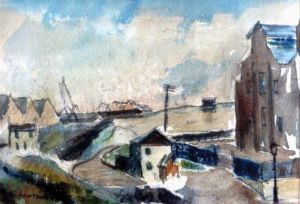
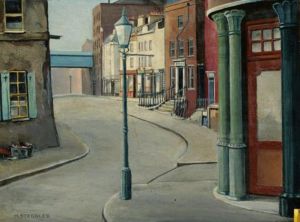
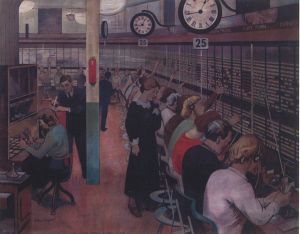
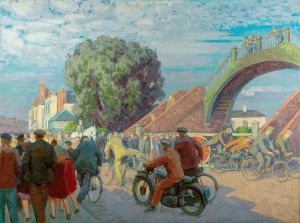
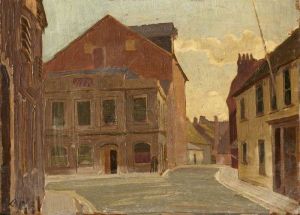
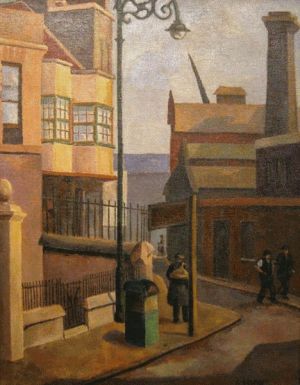
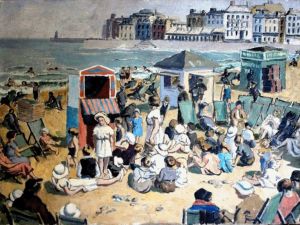
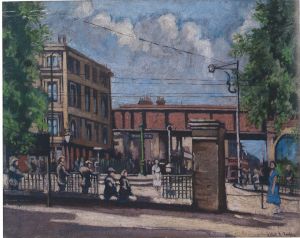
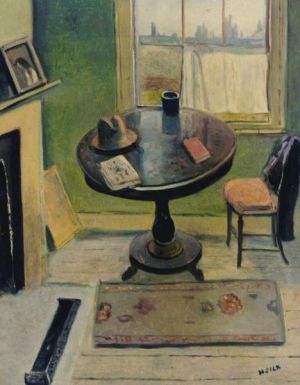
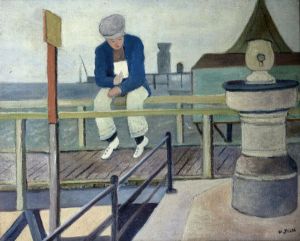
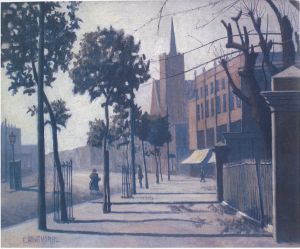
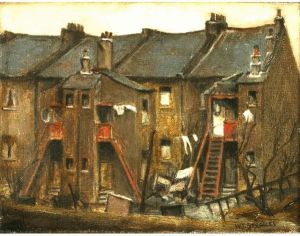
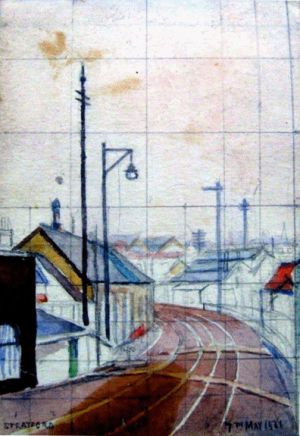
- Details
- Written by: Endeavor
- Category: Potpourri
- Hits: 1497
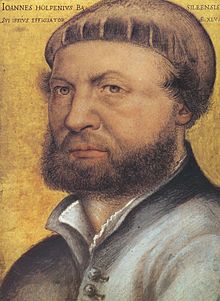
- Birth - Death: c. 1497 (Augsburg, HRE)- October or November 1543 (London, England
- Medium, style: Painter, printmaker, Northern Renaissance style
- Work: Dance of the Dead (1523-26)
- Wiki Link: Visit Website
Holbein was born in Augsburg in southern Germany in the winter of 1497-8. He was taught by his father, Hans Holbein the Elder. He became a member of the Basel artists' guild in 1519. He travelled a great deal, and is recorded in Lucerne, northern Italy and France. In these years he produced woodcuts and fresco designs as well as panel paintings. With the spread of the Reformation in Northern Europe the demand for religious images declined and artists sought alternative work.
Holbein first travelled to England in 1526 with a recommendation to Thomas More from the scholar Erasmus. He spent two periods of his life in England (1526-8 and 1532-43), portraying the nobility of the Tudor court. Holbein's famous portrait of Henry VIII (London, National Portrait Gallery) dates from the second of these periods. 'The Ambassadors', also from this period, depicts two visitors to the court of Henry VIII. 'Christina of Denmark' is a portrait of a potential wife for the king.In 1532 he settled in England, dying of the plague in London in 1543.
Holbein was a highly versatile and technically accomplished artist, one of the most accomplished portraitists of the 16th century, who worked in different media. He also designed jewellery and metalwork.
Holbeins series of woodcuts known as the Dance of Death (1523–26) refashions the late-medieval allegory of the Danse Macabre as a reformist satire. The Danse Macabre is an artistic genre of allegory of the Late Middle Ages on the universality of death: no matter one's station in life, the Danse Macabre unites all. It consists of the dead or a personification of death summoning representatives from all walks of life to dance along to the grave, typically with a pope, emperor, king, child, and laborer. It was produced as memento mori, to remind people of the fragility of their lives and how vain were the glories of earthly life.
Additional reference links for Holbein and his art may be found in the main menu or HERE.
